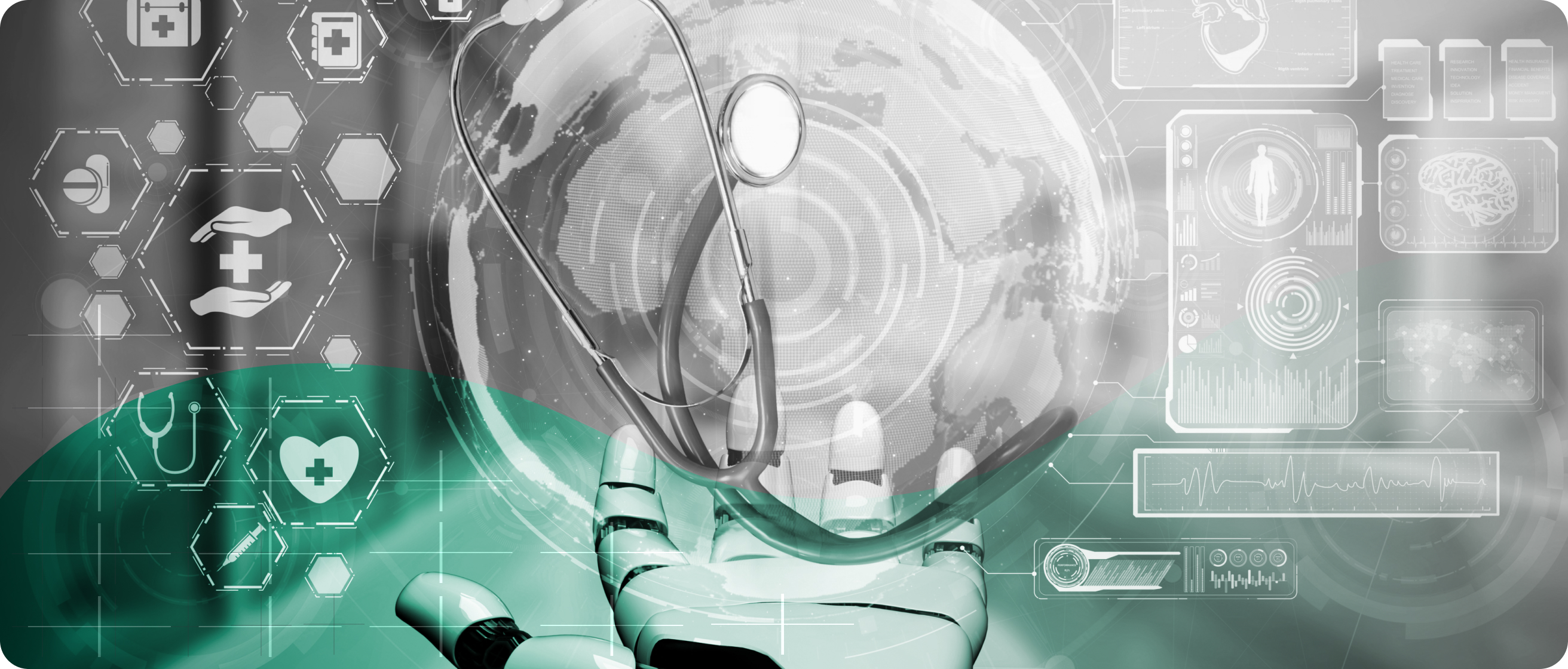Integrating AI into Care Flow: Enhancing or Exacerbating Efficiency?

In healthcare, workflow—or care flow—refers to the series of steps and processes that healthcare providers follow to deliver patient care. Understanding and optimizing these workflows is critical to improving patient outcomes and maintaining efficient healthcare systems. With the advent of AI, healthcare providers have new tools to enhance their workflows, but these technologies must be carefully integrated to avoid unintended consequences. In this article, we’ll explore the importance of understanding workflows, where to integrate AI, and how to avoid worsening inefficiencies.
What Is a Workflow and Why Is It Important?
A workflow is essentially a set of steps designed to complete a task or process. In healthcare, workflows could range from patient intake procedures to complex multi-step treatment plans. These workflows help ensure that processes are carried out consistently and efficiently. However, not all workflows are created equal. Some are streamlined and efficient, while others are plagued by bottlenecks and inefficiencies.
Understanding your workflow is key to identifying areas where improvements are needed. By analyzing each step in the process, healthcare providers can assess whether a particular workflow is efficient or inefficient. This understanding serves as the foundation for determining where AI could be beneficial—or harmful—when integrated into the system.
Understanding Inefficiencies in Workflow
If a workflow is inefficient, the natural question to ask is: why? There are many possible reasons for inefficiencies in a workflow. It could be due to a lack of proper resources, poor communication between staff, redundant steps, or even an overburdened system. Once the root cause of inefficiency is identified, the next step is determining whether AI can be used to correct it.
The challenge with integrating AI into workflows is that, without a full understanding of the process, AI might be applied to the wrong area, potentially exacerbating inefficiencies. For example, if an AI system is implemented to help triage in-basket messages for healthcare providers without a clear understanding of the entire process, it could create new bottlenecks by shifting the load to other areas, such as follow-up appointments or lab results management.
How AI Can Help—or Hinder—Workflow
The potential benefits of AI in healthcare workflows are immense, but its success depends on placing it at the right step in the process. For instance, consider the example of in-basket triaging. Healthcare providers are often inundated with patient inquiries through in-baskets, making it a prime candidate for AI integration. With the proper understanding of the workflow, AI could help by sorting messages, prioritizing urgent inquiries, or drafting response templates that healthcare professionals can review. This would streamline the process, reduce administrative burden, and allow providers to focus on critical patient care.
However, if AI were implemented without this understanding, it might lead to unintended consequences. For example, automating certain parts of the triaging process without a clear strategy could lead to delays in urgent cases or a mismatch in priorities, making the process even more inefficient. This highlights the importance of ensuring AI is introduced thoughtfully, considering the overall workflow and the areas where it can have the most positive impact.
The Art of Understanding Workflows
Workflows may appear to be linear, step-by-step processes, but in practice, they require a great deal of nuance and context. Workflow optimization is an art as much as it is a science, particularly when considering the integration of AI. Healthcare providers must first understand the full context of the workflow before introducing AI into the equation. This means looking at each step with care, analyzing where inefficiencies exist, and carefully deciding whether AI is the right solution for those inefficiencies.
By approaching workflows with this level of attention, healthcare providers can avoid the common pitfalls of deploying technology in the wrong place. AI is a powerful tool, but it’s not a cure-all for every inefficiency. A well-planned integration of AI can lead to significant improvements in care flow, but it requires an understanding of the underlying processes and the willingness to adapt based on real-world results.
Conclusion
AI offers exciting possibilities for improving care flow in healthcare systems, but it must be integrated with a deep understanding of the workflow it seeks to optimize. Inefficient workflows should be thoroughly analyzed to identify the root cause of the inefficiency, and only then should healthcare providers consider whether AI is the right solution. By carefully evaluating where AI can best serve the workflow—and where it might introduce new challenges—healthcare systems can enhance efficiency, reduce bottlenecks, and ultimately improve patient outcomes.
References
1. Rotenstein, L. S., Huckman, R. S., & Wagle, N. W. (2020). Making doctors more efficient. *Harvard Business Review*. https://hbr.org/2020/09/making-doctors-more-efficient
2. Kellermann, A. L., & Jones, S. S. (2013). What it will take to achieve the as-yet-unfulfilled promises of health information technology. *Health Affairs, 32*(1), 63-68. https://doi.org/10.1377/hlthaff.2012.0693
3. Lahr, M. M. H., van der Velde, N., Bruijnzeels, M. A., & Broens, S. (2018). The relation between efficiency of care and quality of care in stroke rehabilitation. *BMC Health Services Research, 18*(1), 1-8. https://doi.org/10.1186/s12913-018-3589-1




